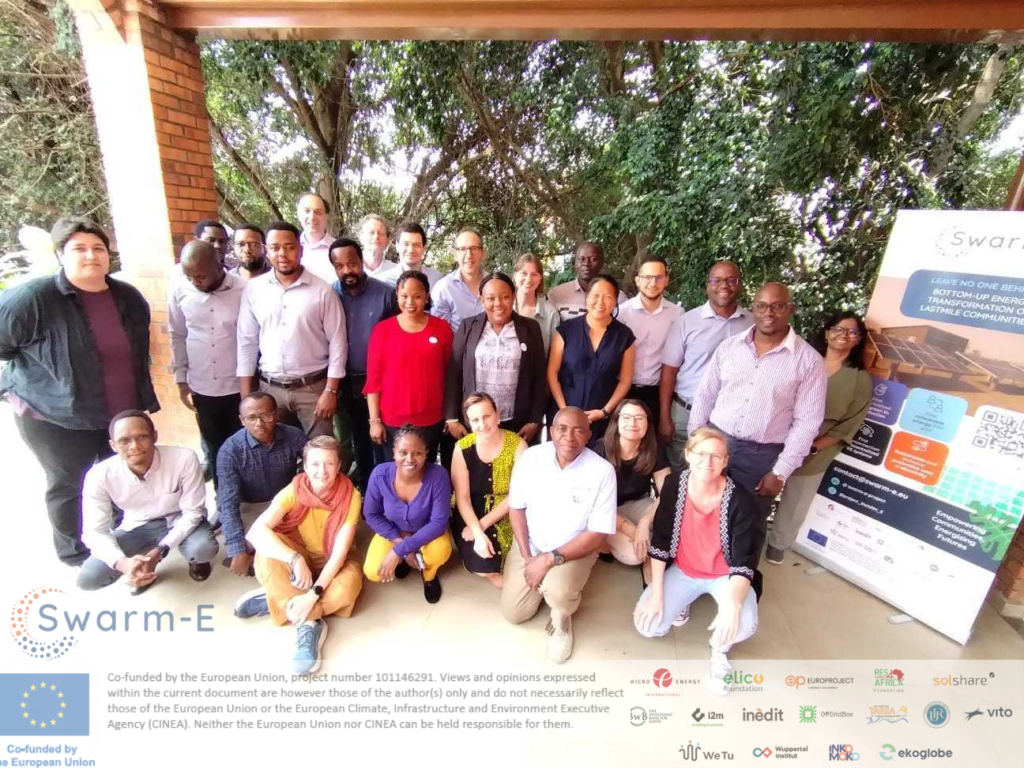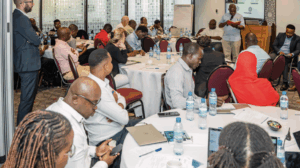17 – 19th February 2025
The SWARM-E consortium recently held a significant three-day meeting in Kigali, Rwanda, bringing together key stakeholders, researchers, and industry experts from across Africa and Europe. The event served as a platform for strategic discussions on how to advance sustainable, affordable, and modern energy access in Sub-Saharan Africa.
With a strong emphasis on collaboration and knowledge exchange, the meeting facilitated in-depth discussions on energy demand, financial sustainability, technical innovations, and policy alignment. The outcomes of these discussions will play a crucial role in shaping the next phases of the SWARM-E initiative.
Day 1: Strategic Discussions and Technical Insights
The first day of the meeting focused on outlining key project milestones and fostering collaborative planning among consortium members. Experts from VITO and MEI presented a comprehensive analysis of energy demand and supply in potential project sites in Rwanda and Tanzania, highlighting the diverse energy needs and opportunities in these regions.
A key component of the discussions centered around productive uses of energy (PUEs) and their role in enhancing economic development. Led by Wuppertal Institute, the session explored how PUE solutions could be integrated into the SWARM-E model to maximize impact, particularly in rural areas where access to reliable energy remains a challenge.
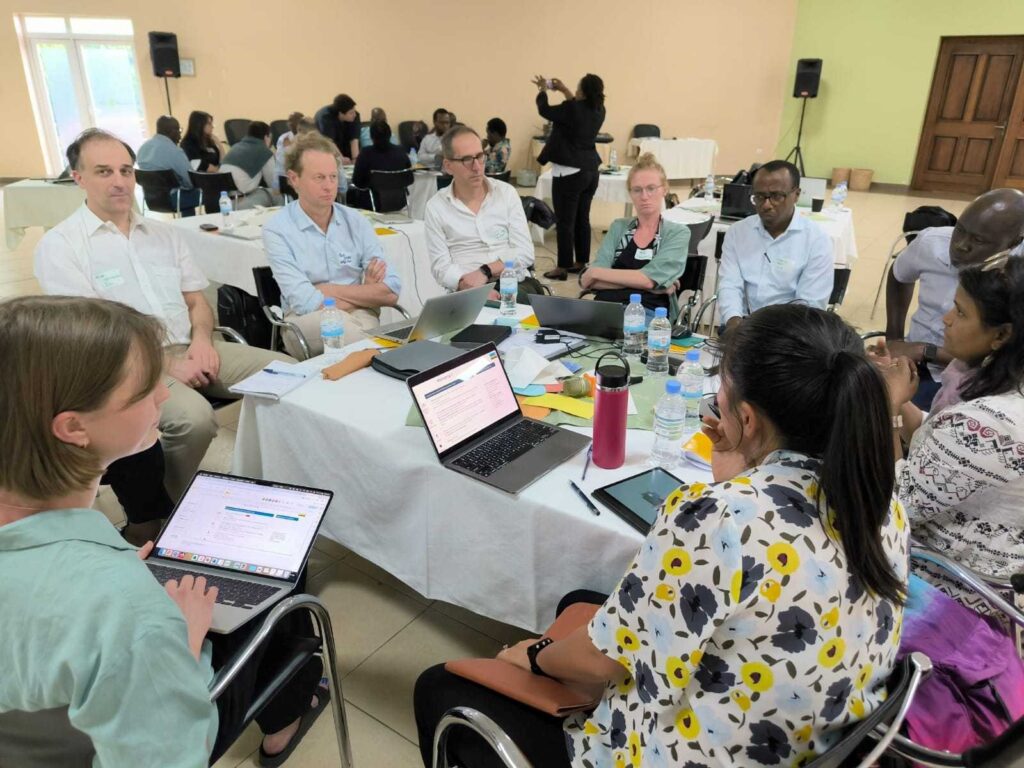
The consortium also examined the financial sustainability of energy access models, with BWB guiding a discussion on how to design community-driven financing mechanisms. The need for long-term financial viability was emphasized, with partners analyzing different approaches to transitioning from subsidized energy models to self-sustaining solutions.
Furthermore, the Monitoring & Evaluation Framework was a critical topic of discussion, with stakeholders aligning on strategies to measure the socio-economic, financial, and environmental impact of SWARM-E’s solutions.
Day 2: Implementation and Capacity Building
The second day of the meeting focused on capacity building, site selection, and stakeholder engagement. RES4Africa led a session on training programs aimed at empowering local communities to maintain and expand SWARM-E solutions. These capacity-building efforts will include a mix of in-person and virtual training sessions, stakeholder workshops, and toolkits to ensure long-term sustainability.
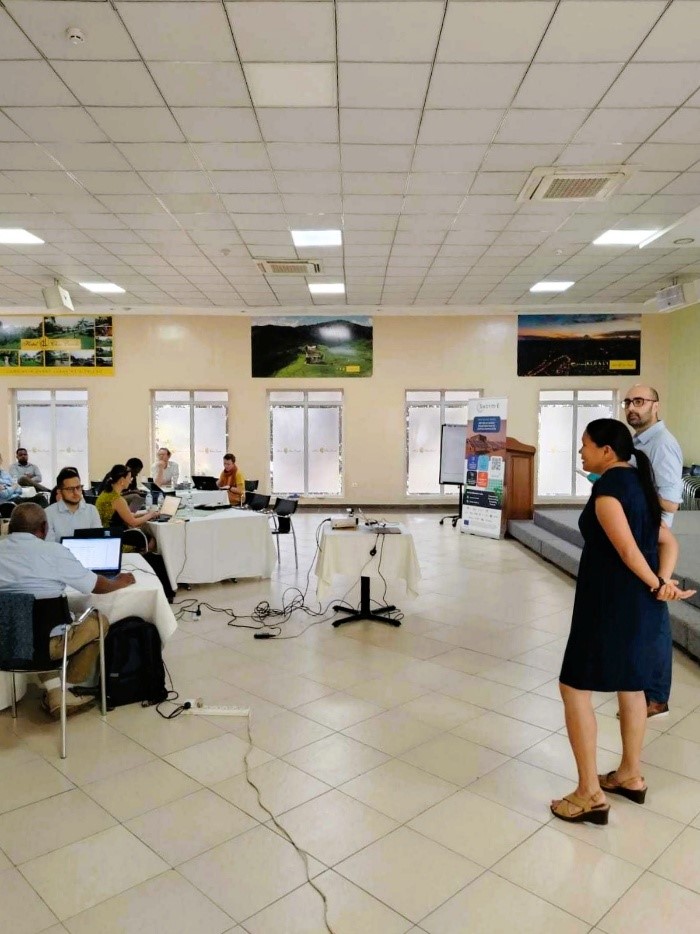
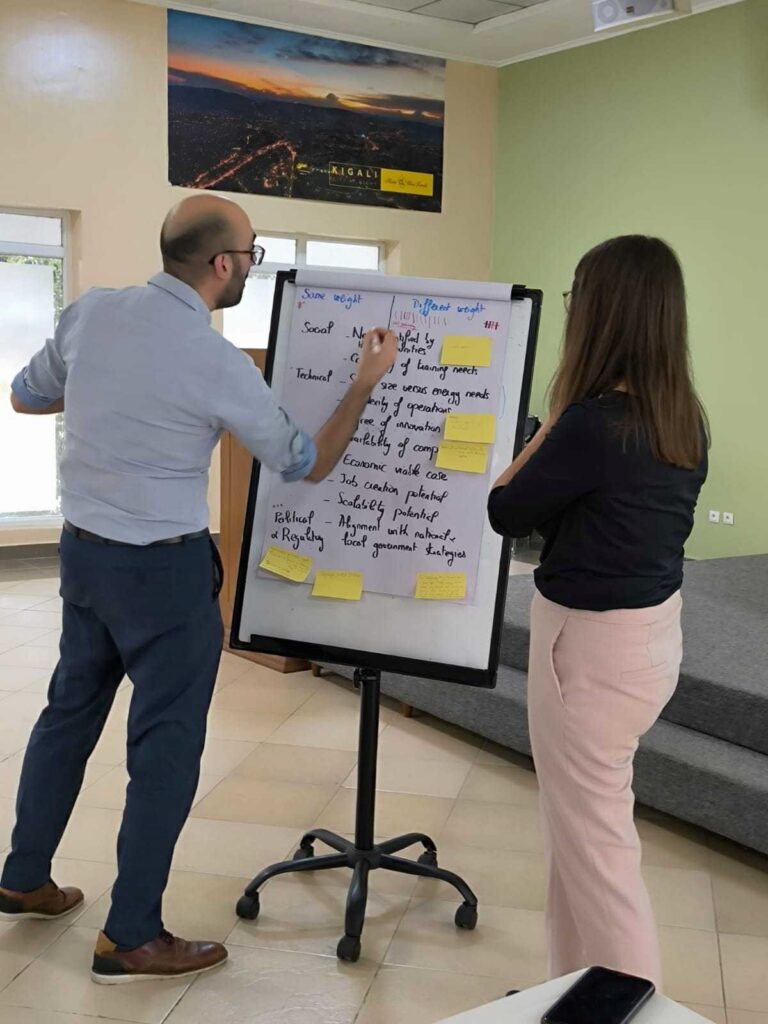
A multi-criteria decision analysis (MCDM) framework was introduced by VITO, WUP, ELI, TAREA, and MEI to choose the final demonstration sites. The selection process is designed to maximize social, economic, and environmental benefits, ensuring that the identified locations will serve as effective models for expanding the SWARM-E initiative.
In parallel, Europroject and RES4Africa presented a comprehensive communication and dissemination strategy aimed at increasing project visibility, engaging policymakers, and strengthening partnerships across different sectors.
Day 3: Exploratory Workshop: Piloting innovative energy access technologies in Rwanda
On the third day, the SWARM-E consortium hosted an Exploratory Workshop, bringing together external stakeholders from government, industry, and academia to exchange insights on sustainable energy access, policy frameworks, and technological innovations. The session provided a platform for collaborative dialogue, addressing critical challenges and opportunities within the energy landscape of Sub-Saharan Africa.
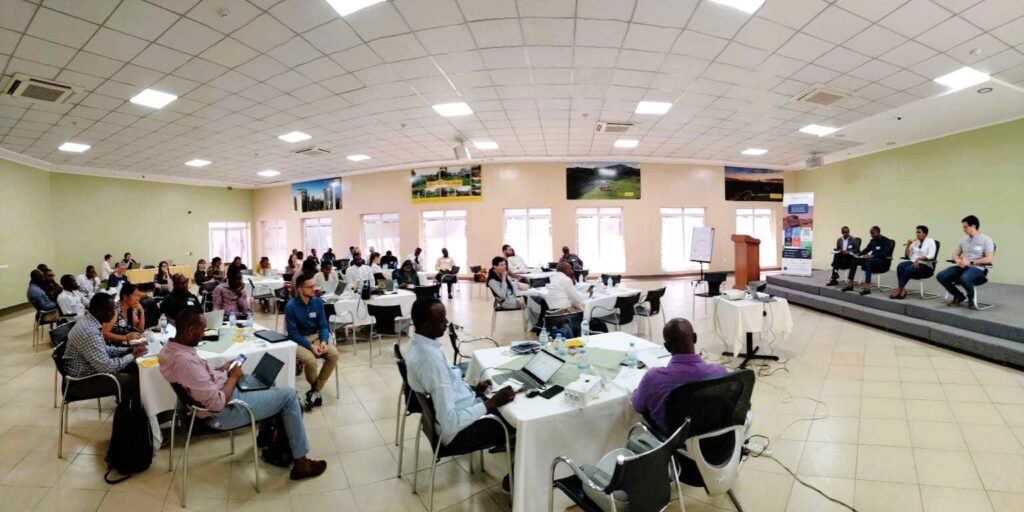
The workshop featured a panel discussion with distinguished experts, each bringing unique perspectives to the table:
- Richard Mori, CEO of MeshPower Ltd, shared expertise in the deployment of solar-powered nanogrids in Rwanda, highlighting lessons learned and innovative approaches to scaling decentralized energy solutions.
- Marion Nirere from the Ministry of Infrastructure (MININFRA) provided insights into Rwanda’s forthcoming PV action plan, offering a regulatory perspective on the expansion of solar energy and e-mobility. She emphasized the role of policy in fostering clean energy transitions and supporting investment in renewable energy infrastructure.
- Serge Wilson Muhizi, CEO of EPD, discussed Rwanda’s energy access innovations, particularly the financial and operational models that ensure long-term sustainability of renewable energy projects.
- Charles Kabiri, University of Rwanda, brought an academic perspective, emphasizing the importance of research-driven innovation, capacity building, and knowledge exchange in shaping effective energy solutions.
The session was moderated by JMV Bikorimana from the University of Rwanda, who facilitated dynamic discussions between stakeholders, drawing connections between policy, business models, and technical advancements.
Key Discussion Topics
The workshop focused on several pressing issues relevant to sustainable energy deployment in the region:
- Financial and technical sustainability of off-grid solutions – exploring business models that balance affordability and long-term viability.
- Grid connection and prosumer participation – examining regulatory frameworks, tariffing rules, and consumer engagement strategies.
- Hydrogen technology access – discussing the potential role of green hydrogen in diversifying Africa’s energy mix.
- Self-sustainability of installed renewable energy solutions – evaluating business strategies to ensure longevity beyond initial implementation.
The Exploratory Workshop not only deepened discussions on SWARM-E’s objectives but also strengthened partnerships with key institutions, reinforcing the collaborative approach necessary for scaling renewable energy solutions across Sub-Saharan Africa.
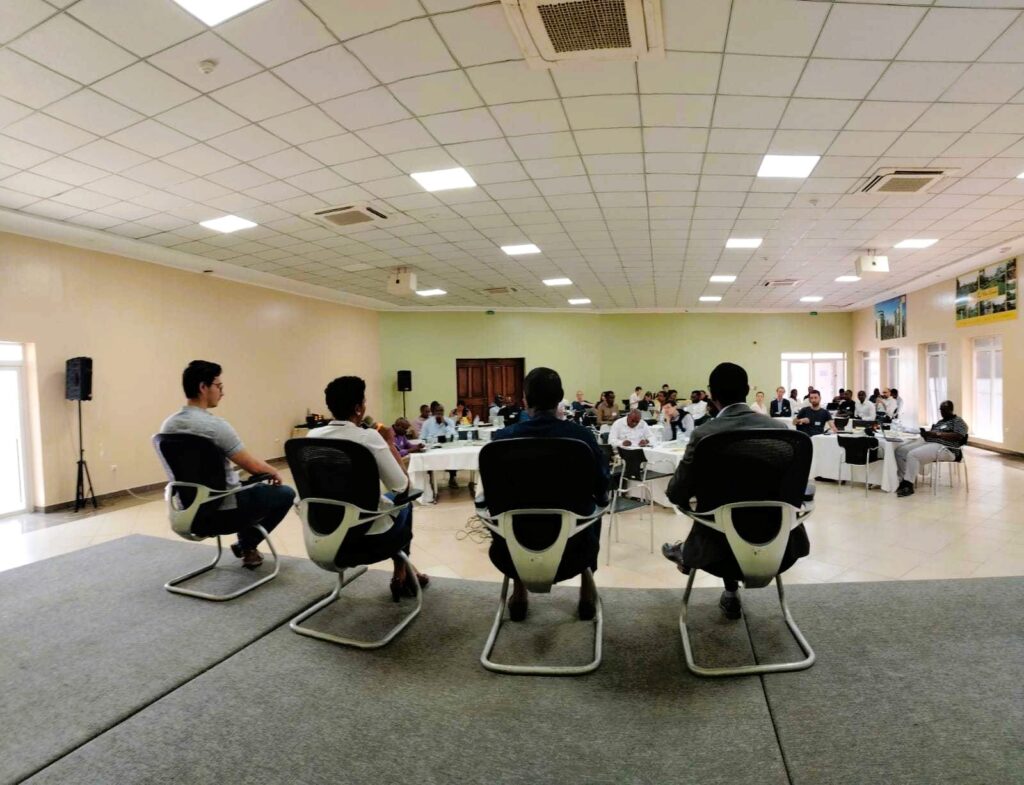
Innovations in E-Mobility and Off-Grid Energy
Following the workshop discussions, the consortium had the opportunity to visit Ampersand RW, a pioneering company advancing sustainable and affordable e-mobility solutions in Rwanda. The visit showcased how Ampersand’s innovative approach aligns with SWARM-E’s mission of fostering clean energy transitions.
Key highlights from the visit:
- Battery swapping for delivery drivers – reducing reliance on fossil fuels while ensuring operational efficiency.
- Durable e-motorbikes with swappable batteries – making e-mobility more accessible by allowing customers to own the bike while Ampersand provides the batteries.
- Aftersales support and maintenance – including free oil changes, low-cost repairs, and on-the-road assistance.
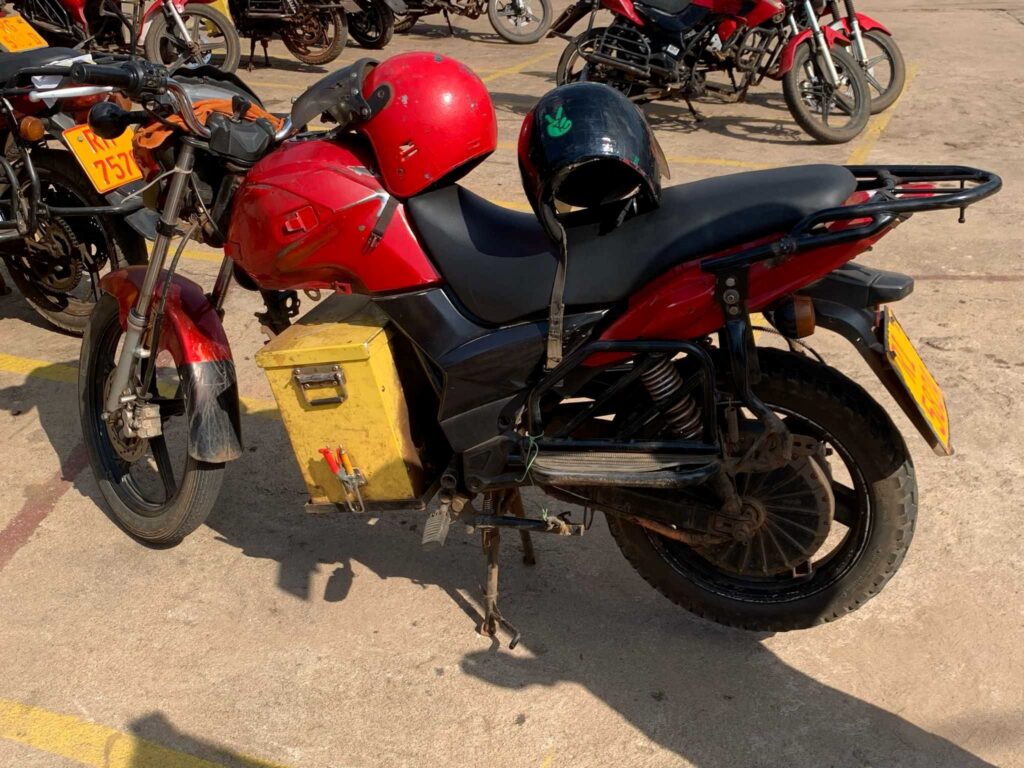
Additionally, the team visited OffGridBox, located at the same facility, where they explored compact solutions for solar energy and water purification designed to provide off-grid communities with clean, reliable power and safe drinking water. These innovations align with SWARM-E’s broader objectives of increasing energy access and resilience in underserved areas.
The visit reinforced how business innovation, strategic partnerships, and supportive policies can accelerate the transition to sustainable energy and mobility solutions.
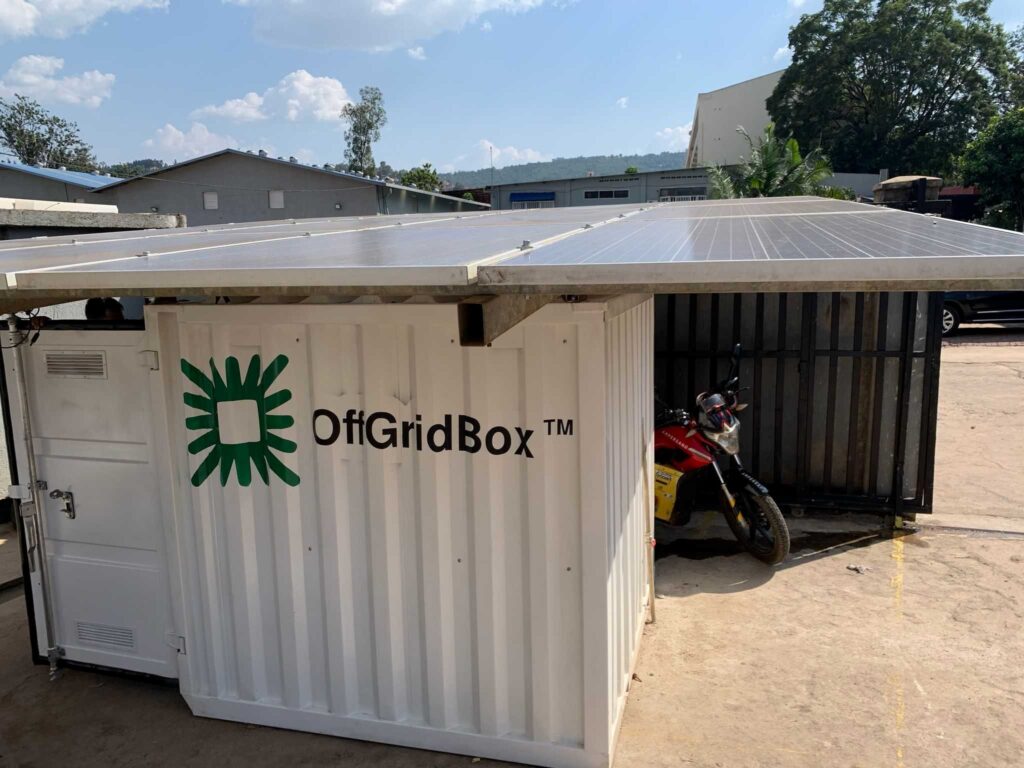
Looking Ahead: Strengthening Partnerships and Driving Impact
As the discussions in Kigali concluded, the SWARM-E consortium reinforced its commitment to scaling sustainable energy solutions and fostering international collaboration. The key takeaways from the meeting will guide the project’s next steps, including:
- Strengthening partnerships with policymakers, private sector actors, and local communities.
- Expanding innovative energy solutions, particularly around PUEs, solar nanogrids, and hydrogen technologies.
- Developing sustainable business models to ensure the long-term viability of renewable energy initiatives.
- Enhancing capacity-building efforts to empower communities with the knowledge and skills needed for sustainable energy management.
With clear action points and strong momentum, the SWARM-E initiative is well-positioned to make a significant impact on energy access in Rwanda, Tanzania, and beyond. The insights gained from the Kigali meeting and field visits will directly inform upcoming stakeholder engagements and the implementation of demonstration sites.
